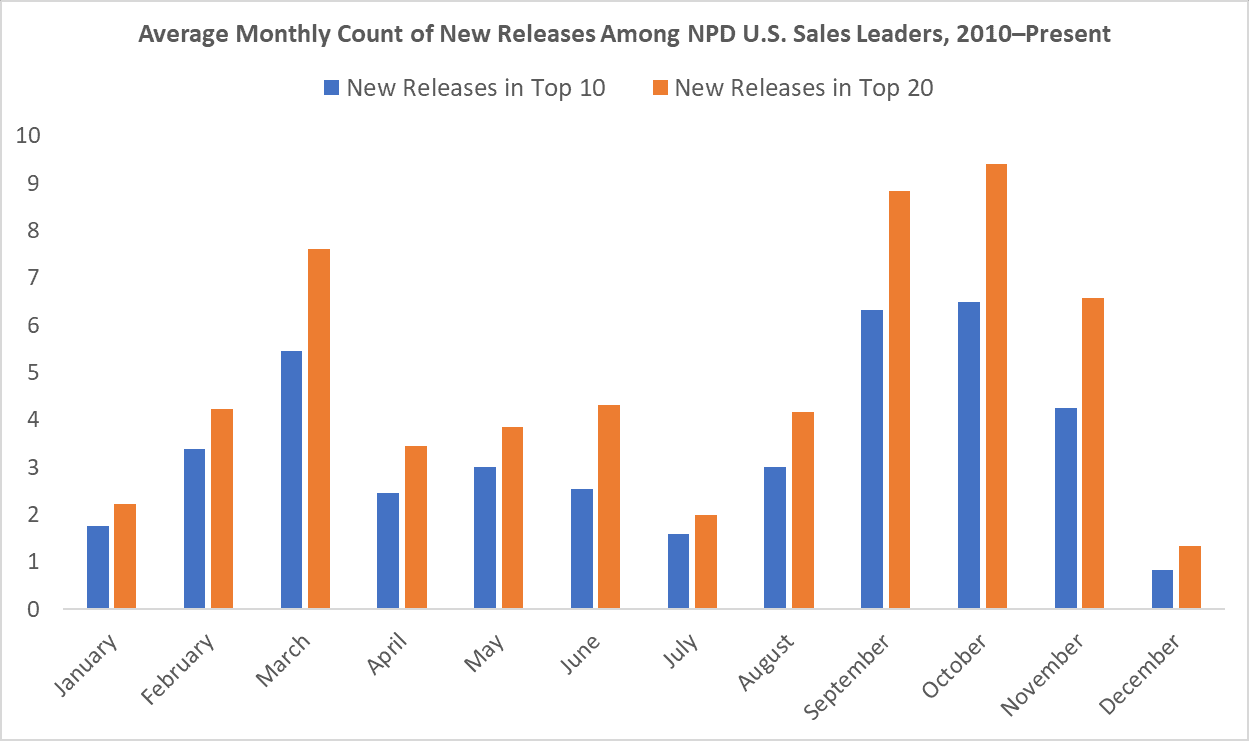On January 22, we’ll find out for sure which MLB greats will enter the Hall of Fame alongside MLB very-goods Lee Smith and Harold Baines—yes, Harold Baines—in the Cooperstown class of 2019. But even before the results are announced, we can suss out some trends in the voting. Based on the early returns from Baseball Writers’ Association of America members who’ve chosen to make their ballots public, it looks like the recent trend toward large classes could continue, and it also appears that several stat-sanctioned candidates are in line for large raises. When the final results arrive, they’re likely to make statheads happy.
Ryan Thibodaux has been tracking public BBWAA ballots since the 2014 election cycle, and his spreadsheet is the best source for detailed data on ballots that become public before results are announced. Through Thursday, Thibodaux and his team of trackers had documented 165 ballots, an estimated 40 percent of all ballots cast. Mariano Rivera still has a 100 percent public approval rate, although he’s unlikely to be the first unanimous Hall of Famer; Ken Griffey Jr. had a perfect public record prior to the release of final results in 2016, but he wound up with 99.3 support, as three anonymous voters omitted him from their ballots. Not shockingly, voters with opinions that unpopular are less likely to publicize them, and secret ballots are still permissible because the hall’s board of directors rejected a BBWAA proposal to release all results. Maybe the few voters who inevitably vote no on Mo will make deathbed confessions.
Rivera will almost certainly be accompanied in the class of 2019 by the late Roy Halladay, whose name has been checked on 93.9 percent of the early public ballots. Even if he appears on a lower percentage of the unreleased ballots, he should still clear the 75 percent threshold required for induction. Edgar Martínez (in his 10th and final year of eligibility) and Mike Mussina (in his sixth) are also hovering well above that bar, at 90.9 percent and 81.8 percent, respectively.
The cases for Martínez and (even more so) Mussina are more tenuous than that strong support on public ballots suggests. Last year, only Curt Schilling had a bigger gap between his rates of public and private support than Martínez and Mussina, whose “public” rates were 24 percentage points and 22.4 percentage points higher, respectively, than their “private” rates. As a result, Martínez and Mussina’s overall results—70.4 percent and 63.5 percent—were 6.9 percentage points and 6.5 percentage points lower than their public rates before the final result were announced.
If we adjust the current, public rates for all returning candidates based on the gaps between their pre-announcement support in 2018 and their final, overall percentages, we get the following list of players “projected” to improve by at least 5 percentage points. (Notably, no major candidate is projected to lose support, although Omar Vizquel and Jeff Kent—two of the players who draw more support from the less quantitatively inclined crowd—seem almost at a standstill.)
2019 Hall of Fame Ballot Gainers (Based on Early Returns)
One caveat here: We’re still about 10 days away from the last pre-announcement ballot releases, and the earliest ballot disclosures tend to skew toward the newer-school, stat-savvier side of the electorate, so these numbers will change in ways that will hurt some players, particularly Bonds and Clemens. “The last few days before the announcement, a ton of ballots get revealed,” Thibodaux says, noting, “Bonds and Clemens always do relatively poorly on these late early ballots.” Between 2017 and 2018, Bonds and Clemens gained only about 3 percentage points apiece in the final accounting, and their bumps this year may end up being similarly modest. We’re not quite as close as this table makes it look to a Clemens-Bonds-Schilling character-clause apocalypse which would surely lead to vitriolic columns, attention-grabbing boycotts, and a drama-filled induction.
Still, more sophisticated projections expect all of these players to enjoy upticks, some of them sizable. Martínez’s last attempt at election will probably be successful, and Mussina may make it in too, although his case will come down to the wire. If Martínez and Mussina qualify for induction along with Rivera and Halladay, the Hall will have a four-player class of BBWAA selections for only the fifth time, and the third time since 1955. It hasn’t been long since the last one: Chipper Jones, Vladimir Guerrero, Jim Thome, and Trevor Hoffman went in together just last year, following the 2015 Randy Johnson–Pedro Martínez–John Smoltz–Craig Biggio class. Back-to-back four-player classes would be unprecedented, but the writers’ recent willingness to put plaques on the wall is a much-needed response to a backlog of well-qualified candidates.
The graph below shows the number of candidates per ballot—dating back to 1966, when the BBWAA stopped sometimes skipping years—who cleared or approached the Cooperstown baselines at their positions in JAWS, writer Jay Jaffe’s peak-and-career-WAR-based system for defining the Hall’s established standards. The blue line displays the number of candidates per ballot who cleared the average JAWS score of Hall of Famers at their position, while the orange line represents candidates who amassed at least 90 percent of the average, encompassing some borderline candidates with defensible but not clear-cut statistical cases. Players in the latter group might not get a universal stathead seal of approval, but they wouldn’t provoke a Bainesian backlash.

Thanks to expansion and the so-called Steroid Era—both the extreme statistical performances it produced and the subsequent moralistic reappraisals it prompted—many players whose stats say “Hall of Famer” have been stuck in ballot limbo. But traffic is finally dispersing. Although the latest ballot is still stuffed with talent by historical standards, the number of clearly convincing statistical candidates has dropped into single digits (and below the 10-vote limit on any individual ballot) for the first time since 2012. That means more votes to go around, and the statistically qualified candidates whose Hall of Fame narratives haven’t previously sold voters are reaping the rewards.
Although there haven’t been any dramatic changes in the makeup of the voting body this year, it doesn’t hurt that the electorate is gradually growing more receptive to advanced stats. The first wave of internet columnists admitted to the BBWAA became eligible to vote for the Hall of Fame last year, and other early online members, including ESPN’s Christina Kahrl and Keith Law, are voting for the first time this year. As new writers enter, some number of old writers who haven’t covered the sport recently are phased out, which removes voters from the rolls who may be less familiar with or sympathetic to newer forms of analysis that paint most of the players in the table above in a positive statistical light. (Disclosure: I’ll be eligible to vote in two years. Wait for me, Scott Rolen.)
The only player on the list of players with improving support who doesn’t get a lot of love (or at least grudging respect) in stathead circles is Fred McGriff, who falls well below the benchmark for Hall of Fame first basemen. Like Martínez, McGriff is getting a boost from being in his last year of eligibility, but unlike Martínez, he’s probably not going to get even halfway to the vote total he’d need for induction via the BBWAA ballot. Everyone else in the table sports a JAWS score that surpasses the average Hall of Famer’s at his position.
From a statistical perspective, Mussina’s and Schilling’s inductions are long overdue. Both pitchers have more impressive quantitative cases than John Smoltz, who got in on his first try in 2015, but because they overlapped with legends, neither won a Cy Young Award. Mussina fell short of a 20-win season until his 2008 swan song, and spending his whole career in AL East hitter’s parks in a high-offense era inflated his ERA (which was still lower than Jack Morris’s, to reopen an old wound). Schilling’s candidacy has suffered both because he has only 216 career wins and, well, because he’s Curt Schilling.
Rolen, who’s in only his second year of eligibility, is making some strides, but he’s likely in for a long-term stay on the ballot. Although he has Hall of Fame WAR scores, he fits the classic profile of an underrated player. On offense, he did everything well but never led the league in any major category or played long enough to reach any magic milestones. A big chunk of his value was derived from spectacular defense, and he wasn’t a standout postseason performer, although he raked in the 2004 NLCS and 2006 World Series. He finished in the top 10 in MVP voting only once, and he remains unjustly overlooked.
Rolen can hold out hope, because the big winner of this election cycle—other than the guys who get in—will be Walker, who appeared on only 21.9 percent of ballots two years ago (in his seventh stagnant year of eligibility) and 34.1 percent of ballots last year but seems set to vault close to the 60 percent range in his second-to-last time on the ballot. The knocks against Walker are that his offense was inflated by Coors Field and that injuries often prevented him from playing full seasons; he amassed fewer than 2,000 games and only slightly more than 8,000 plate appearances, trailing Rolen in both categories. Neither knock is unfair, but Walker’s bat was a wonder even after applying park adjustments, and his defense and baserunning helped him over the Hall of Fame bar even in relatively limited playing time.
Even aside from the Baines precedent, Walker has probably been helped by the 2018 induction of fellow right fielder Guerrero, who succeeded in his second try and almost made it on his first ballot. The two were roughly equivalent as hitters, and Guerrero played slightly more, but he got little value from his legs in the field or on the bases. It’s almost impossible to make a statistical case for Guerrero without also welcoming Walker. If Walker does get to 60 percent this time around, he’ll pass Luis Aparicio for the largest single-year leap in the annual-voting era. He’ll also put himself in strong position for a final burst across the finish line in 2020.
According to Jaffe, every candidate who’s crossed the 60 percent barrier in BBWAA voting has eventually been inducted, excluding the active candidates and Gil Hodges, who stalled at 63.4 percent. Now that Smith is in, the same even goes for the 50 percent mark, which bodes well for Bonds, Clemens, Schilling, Walker, and Mussina, if he falls just short this year. WAR is just one way to determine Hall of Fame worthiness, but it’s fairer than relying on simpler and more myopic stats that take less context into account. This year’s voting won’t end every argument, but it’s shaping up to be unusually sabermetrically sound. The ballot has been backed up and screwed up since steroids complicated Cooperstown, but the stats are starting to reign.
Thanks to Dan Hirsch of Baseball-Reference for research assistance.
